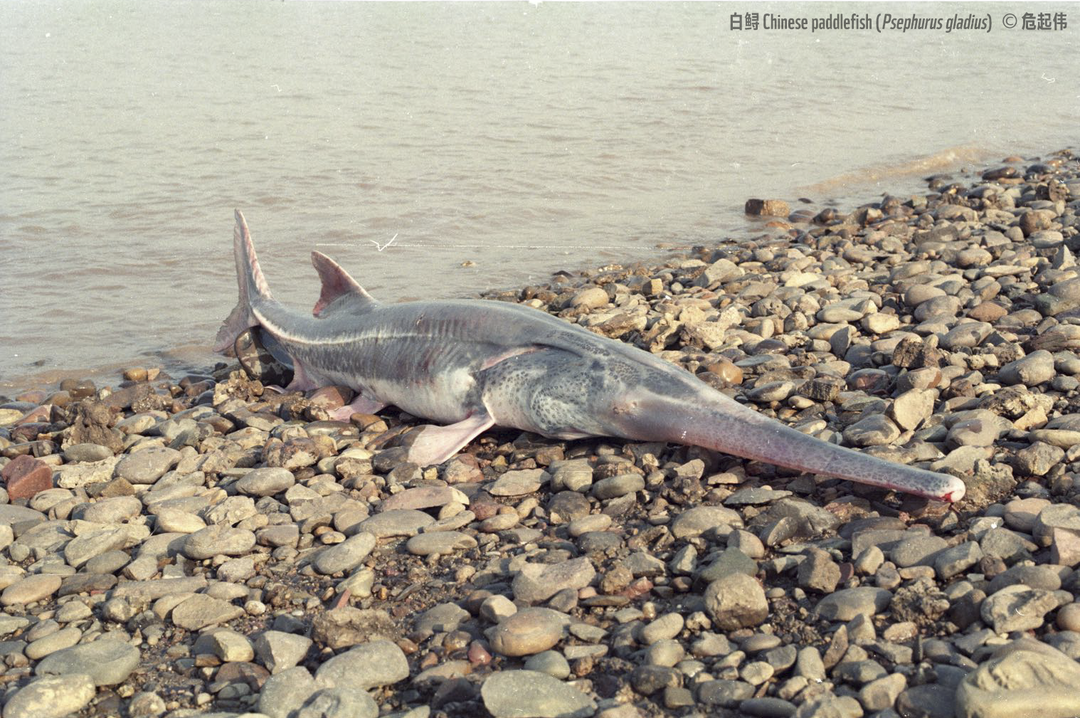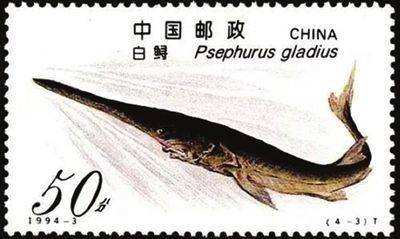The last witness of the Yangtze River Baiji: I have never seen it again in 19 years. Human factors are the main reason for extinction
Author:Cover news Time:2022.07.22

Cover Journalist Yang Bo
On the evening of July 21, the International Nature Union for Conservation of Nature and Nature Resources (IUCN) released the global endangered red catalog update report, announcing the extinction of white maggots and the extinction of the Yangtze River. Since then, this has lived on the earth for more than 100 million years, and the unique species of the Yangtze River in China have disappeared into the long river of history.
The last appearance of Bai Yan was in 2003, in the Nanxi River section of Yibin, Yangtze River. After the expert was rescued, he installed the ultrasonic tracker and released it, but the tracking ship's failure caused the losses. After many searches, Bai Yan's whereabouts were not found. So far, the Yangtze River has not found the trace of white 鲟.
When the last Bai Yan was discovered, what was the role of Bai Yan on the Yangtze River ecology, and why? In response, the cover news on July 22 interviewed Zhang Zhiying, a second -level investigator and senior engineer of the Sichuan Fisheries Bureau, and he was also one of the last witnesses of Baiji.
In 2003, the Yangtze River Bai Yan lost the trace after the release of the release
On the eve of the Spring Festival in 2003, a fisherman in Nanxi County (now Nanxi District), Yibin, Sichuan accidentally arrested a white ravioli. He was reported to the relevant departments as soon as possible. This white puppet is about 3 meters long and weighs more than 200 kilograms. The hook has a lot of wounds on his body. The situation is very urgent.
"After receiving the news, we rushed to the scene that night." Zhang Zhiying said that at that time, he found a workshop to rescue Bai Yan. In the early morning of the next day, the relevant experts also arrived at the scene to suture the wound for the white pupa. Everyone was rescued.
"The savior of this white cricket is a female and has been pregnant. At that time, I wanted to stay artificially breeding, but unfortunately the conditions were not allowed." He said that because the white cricket belongs to large fish, the breeding pool is very large, and water sources are required to manufacture water sources. Water flow, the conditions for breeding at that time did not meet the requirements.
After the rescue, the expert decided to put the tracker for this white pupa, but the dispatched tracker was lost because of the failure. After many search, he did not find this white 鲟. "We built a ambulance center in order to help this white 了, but I haven't seen this fish again after completion." Zhang Zhiying said regretful.

Bai Yan has lived in the Yangtze River for more than 100 million years mainly distributed in Sichuan
According to the data, the white tadpole body is 2 to 3 meters long and weighs 200 to 300 kg. It is a spoon -kissing species that has lived on the earth for more than 100 million years. It is the largest freshwater fish in China, and it is also a rare precious animal in China. It is a national first -class wild protection animal and is known as the "giant panda in the water".
"Most of the white sturgeon is distributed in the middle and upstream sections of the Yangtze River and the Jinsha River section. Sichuan is the main habitat." Zhang Zhiying introduced that some of the river sections in Sichuan are suitable, the water potential is relatively flat, and the suitable fish fry grows. land. In the 1980s, Bai Yan was still more common. It was difficult to see one or two in the 1990s, and it was more difficult to see.
By 2003, the entire Yangtze River discovered twice, once in Yibin, Sichuan, and the other in Nanjing, Jiangsu. "The color of the white found in Nanjing is dark, and this one found in Sichuan is gray -white and the body shape is large."
Since then, 19 years have passed, and the Yangtze River has never found a trace of white 鲟.
Human factors are the main reasons for the extinction of white 绝
Baiya is a large fierce fish. Rather and juveniles use fish as a staple food, and also eat a small amount of shrimp and crab animals. Why do such a species on the top of the Yangtze River Food Chain extinct?
"Mainly the influence of human factors." Zhang Zhiying said that in the Yangtze River blocking dams to block the background of Bai Yan, which caused them not to return to the original spawning place, they could not quickly adapt to the new environment, so they could not quickly adapt to the new environment. It affects the reproduction of the entire species. At the same time, pollution and excessive fishing have led to a decrease in the number of fish in the Yangtze River. Naturally, the white crickets of meat have encountered the problem of food shortage.
In recent years, the Yangtze River has begun "ten years for fishing" to restore ecology and protect species diversity. "In the past two years, the fish resources have been recovered well through the monitoring and evaluation of fishing effects." He said that the big rivers can basically see the fish now, unlike the shadow before. At present, some rare and unique fish may be slower, but some varieties that have not been seen before are now gradually seen.
(Picture from the Internet)
- END -
thrilling!They use their bodies as ropes ...

RecentA teenager accidentally drops the waterSeeing it to be washed away by the ra...
China BOY turning over, station B UP master transformation syndrome

Is it contradiction with the identity of the owner and idol?The popular UP master ...